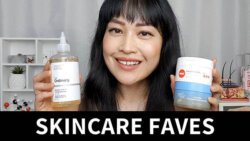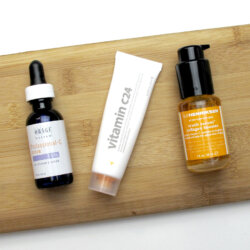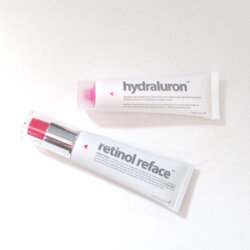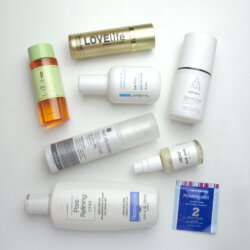My Favourite Skincare Products of 2019
Here are my favourite skincare products of the year! For 2018 I went through my empties, but this year I didn’t actually use much up (too much product testing). I started making a list of products I loved, but it ended up really long, so I limited myself to products that I discovered in 2019, and only one product from …



